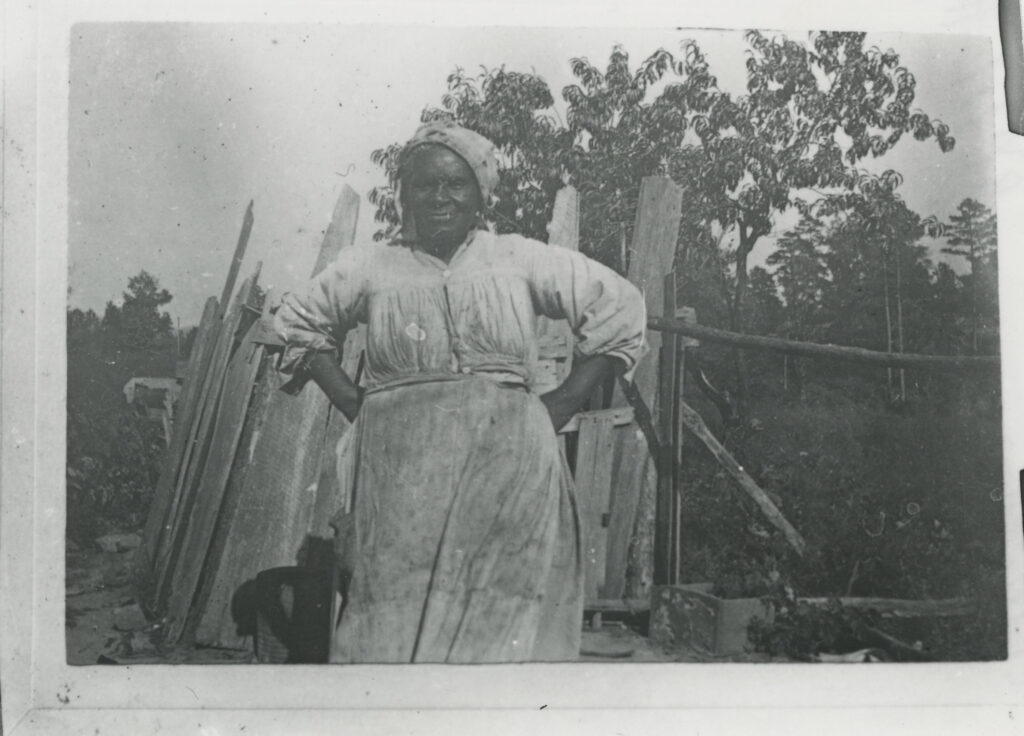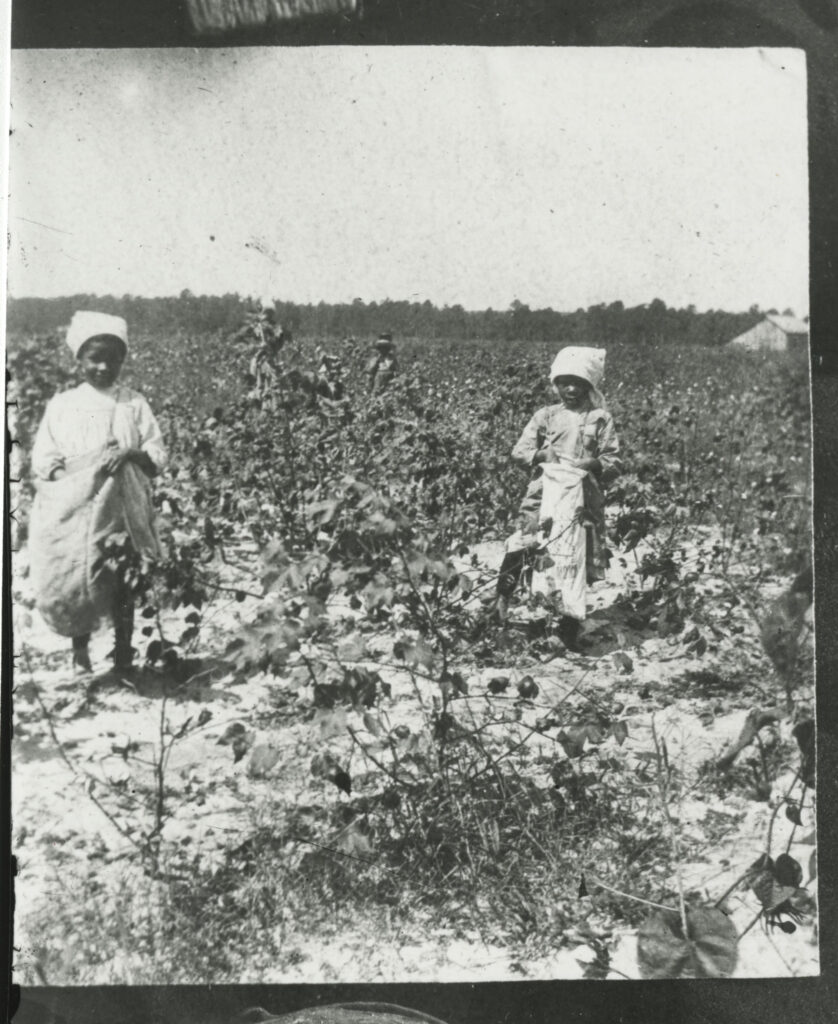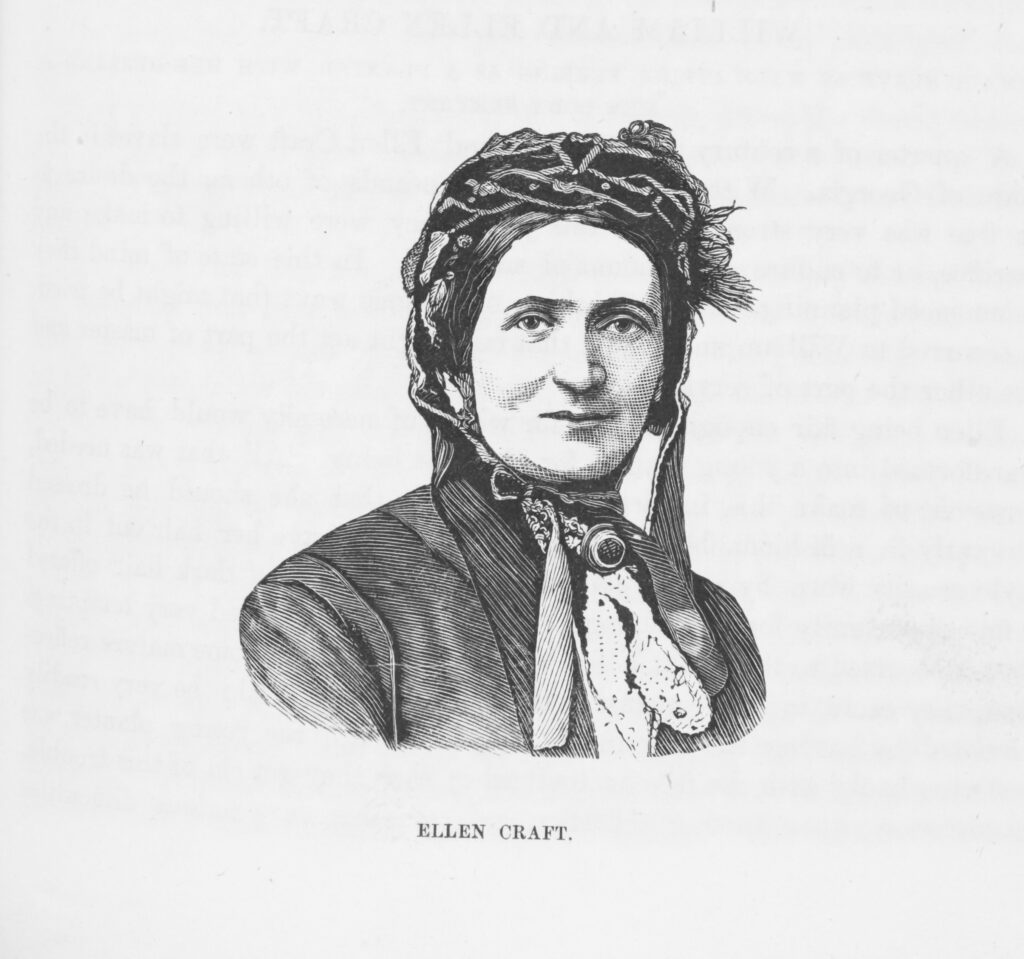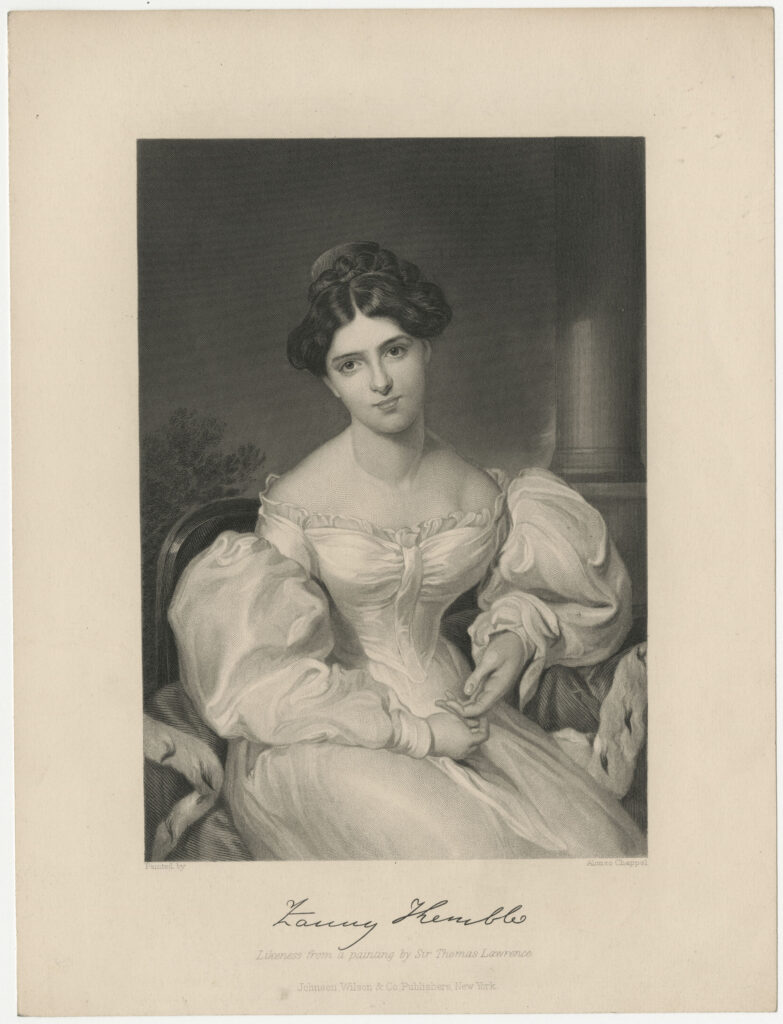American Colonial Women and Their Art a Chronological Encyclopedia
Every bit was true in all southern states, enslaved women played an integral office in Georgia's colonial and antebellum history. Scholars are beginning to pay more attending to problems of gender in their study of slavery in the Erstwhile S and are finding that enslaved women faced additional burdens and fifty-fifty more than challenges than did many enslaved men.
Eighteenth Century
Information technology is not known merely when the first enslaved women came to Georgia. A few enslaved laborers had been brought from South Carolina during the early years of the new colony, when the establishment was banned, but only after 1750, when the ban was lifted, did Black men and women arrive in Georgia in pregnant numbers. They came as transports from other American colonies, as direct imports from Africa, or as indirect imports by mode of the West Indies.
From 1750 until the first census, in 1790, Georgia's enslaved population grew from approximately ane,000 to nearly 30,000. Nearly of those were concentrated on plantations situated between the Altamaha and Savannah rivers along the coast in the present-day counties of Chatham and Liberty and on the Sea Islands. The proportion of men to women in Georgia'south early on enslaved population is hard to determine. The Trustees early decreed that for every four Black men in that location must be ane Black woman; only the Trustees could not control the proportions among the increasing number of children born into slave status on Georgia soil.

The Trustees did issue special instructions regarding the labor of enslaved women. In August 1750, seeking to institute silk production as a profit-making manufacture in the new colony, they stipulated that "Female person Negroes or Blacks … exist well instructed in the Art of winding or reeling of Silk from the Silk Assurance or Cocoons." They also ordered enslaving planters to send enslaved women to Savannah to exist trained in silk-making skills.
Mention of enslaved women also appeared in colonial plantation records and newspaper advertisements. Enslavers kept meticulous records identifying several traditionally female occupations, including washerwomen, wet nurses, cooks, hairdressers, midwives, servants to the children, and "house wenches." Those in agronomical positions cultivated silk, rice, and indigo, but after the cotton gin was patented in 1793 nigh worked in cotton wool fields. Enslavers occasionally placed advertisements in such newspapers as the Georgia Gazette either seeking the render of cocky-emancipating women or offering them for sale. The ads often included revealing descriptions of the women involved, as did this 1767 advertizement for an enslaved woman recently imported from Africa, posted by a Mr. John Lightenstone:

"Taken or lost, for the Subscriber, almost the 14th Feb concluding, off or nigh the plantation of Philip Delegal, Esq. A NEW NEGROE WENCH
"Stout and tall, most 30 years erstwhile, speaks no English, has her country marks upon her body, had on when she went away white negroe textile cloaths. —Whoever takes her up, or tin give whatsoever intelligence of her to the subscriber, so that he may have her, shall have 20s. reward. —There is a dandy reason to call up the Indians take carried her off."
Nineteenth Century
During the nineteenth century Georgia developed a mature plantation system, and records illuminating the experience of enslaved women are more complete. In early childhood enslaved girls spent their time playing with other children and performing some light tasks. Enslavers clothed both enslaved boys and girls in smocks and assigned such duties every bit conveying water to the fields, babysitting, collecting wood, and sometimes low-cal nutrient preparation. As the children neared the age of ten, enslaving planters began making distinctions between the genders. At this time enslaved girls either were trained to practise nonagricultural labor in domestic settings or joined their elders in the fields. Boys went to the fields or were trained for artisan positions, depending on the size of the plantation.

Early adolescence for enslaved young women was often difficult because of the threat of exploitation. For some, puberty marked the beginning of a lifetime of physical, sexual, and emotional abuse from enslaving planters and their wives, overseers, enslaved men, and members of the planter family. For others, work in the planter's home included close interaction with their owners, which frequently led to rape by white men or friendships with white women. House servants spent time tending to the needs of their plantation mistresses—dressing them, combing their hair, sewing their clothing or blankets, nursing their infants, and preparing their meals. They were on telephone call 20-four hours a day and spent a dandy bargain of time on their feet.
Agricultural laborers served as the cadre of the workforce on both rice and cotton fiber plantations. Since enslaving planters reserved artisan positions for enslaved men, the majority of the field hands were female. Enslaved women constituted well-nigh 60 percent of the field workforce on coastal plantations. Commenting on the work of enslaved females on his coastal estate, one planter noted that "women usually picked more [cotton] than men." Enslaved women oftentimes were in the fields before 5 in the forenoon, and in the evening they worked as late as ix in the summer and seven in the winter. They prepared fields, planted seeds, cleaned ditches, hoed, plowed, picked cotton, and cut and tied rice stalks. Enslaved women as well cleaned, packaged, and prepared the crops for shipment.
Maintaining family stability was one of the greatest challenges for enslaved people in all regions. Some enslavers allowed laborers to court, ally, and alive with ane another. Others did not recognize marriage amidst enslaved people. The lack of legal sanction for such unions bodacious the right of enslavers to sell one spouse abroad from another or to separate children from their parents. Zippo lowered morale among enslaved laborers more than the doubt of family unit bonds. William and Ellen Craft, cocky-emancipated fugitives from slavery in Georgia, claimed that "the fact that another human being had the power to tear from our cradle the new-built-in infant and sell it in the abattoir like a brute, and and then scourge us if we dared to lift a finger to save it from such a fate, haunted u.s. for years" and ultimately motivated them to escape.
Prominent Enslaved Women in Fact and Fiction
Several Georgia enslaved women achieved prominence every bit individuals, either historically or in fictional form. Ellen Arts and crafts was amid the most famous of self-liberated individuals. The girl of an enslaved woman and her white enslaver, she disguised herself every bit a white human, and her husband, William, posed as her body retainer, as they made a dramatic and dangerous escape from Macon to Savannah by train in 1848, and then by steamship north. Their account of the escape, Running a K Miles for Freedom, published in England in 1860, is one of the well-nigh compelling of the many fugitive slave narratives.

Amanda America Dickson was born in 1849, the product of Hancock County enslaver David Dickson's rape of an enslaved twelve-year-onetime, Julia Frances Lewis Dickson. Dickson'south father brought her up in his household, though she remained legally enslaved until 1864, despite her privileged upbringing. Her inheritance at her father'due south death in 1885 caused a court challenge that went all the mode to the Supreme Court of Georgia. The court ruled in her favor, confirming her status as one of the wealthiest Black women in late-nineteenth-century America.
Among the richest published accounts of the plights of enslaved women are those establish in Fanny Kemble's periodical of her stay on her husband'due south plantations on St. Simons and Butler islands in 1838-39. Kemble was appalled at the poor conditions, both physical and emotional, under which her hubby's enslaved women laborers suffered: in the fields, in pregnancy and childbirth, and in the uncertainties they faced in beingness separated by sale from their spouses or children.

Certainly the best-known fictional enslaved women were the ii characters created past Margaret Mitchell in Gone With the Wind (1936). Mammy was brought vividly to life by Hattie McDaniel, who won an Academy Award for her performance in the 1939 motion picture, while Squeamish, played by Butterfly McQueen, sparked considerable controversy in later years considering of her helpless and ignorant demeanor. A more contempo controversy was generated by Alice Randall'due south The Wind Washed Gone (2001), in which the heroine and narrator is Cynara, the enslaved daughter of Mammy and the half sis of Other (the character who parodies Scarlett O'Hara).
In her novel Jubilee (1966) Mississippian Margaret Walker fictionalized her own not bad-grandmother'southward experience in Terrell Canton in southwest Georgia. Walker heard stories of her ancestor'due south experience in slavery from her grandmother and traveled to Terrell County to enquiry her family unit's history there in preparation for the book. Jubilee traces the trials and ultimate triumph of its heroine, Vyry, through its three sections—her early life on a plantation, her emancipation during the Civil State of war (1861-65), and her developed life as married woman and mother during and after Reconstruction.
tarenorererwithir.blogspot.com
Source: https://www.georgiaencyclopedia.org/articles/history-archaeology/enslaved-women/